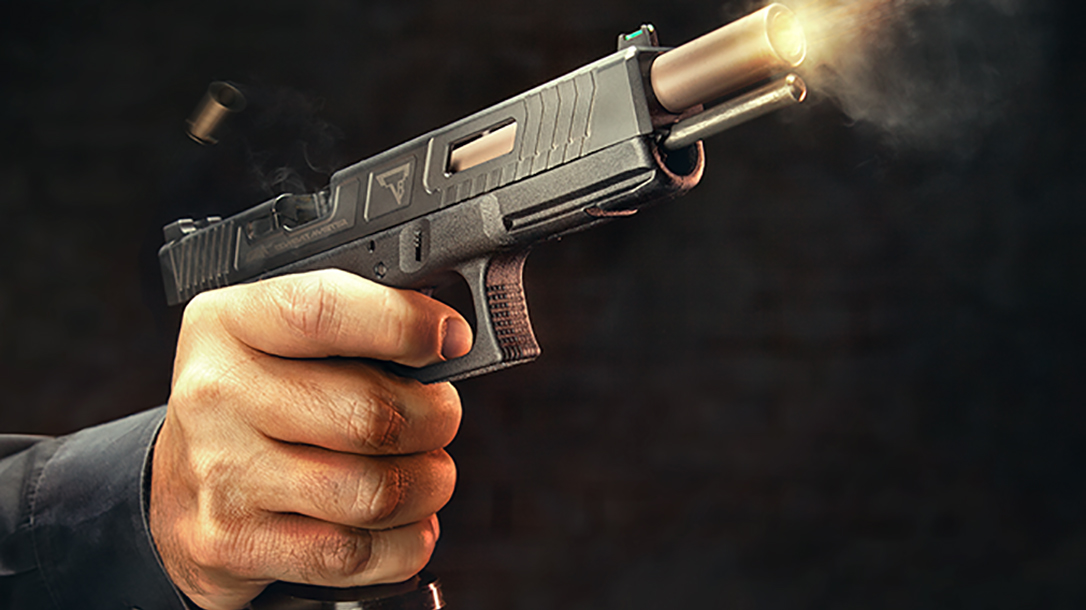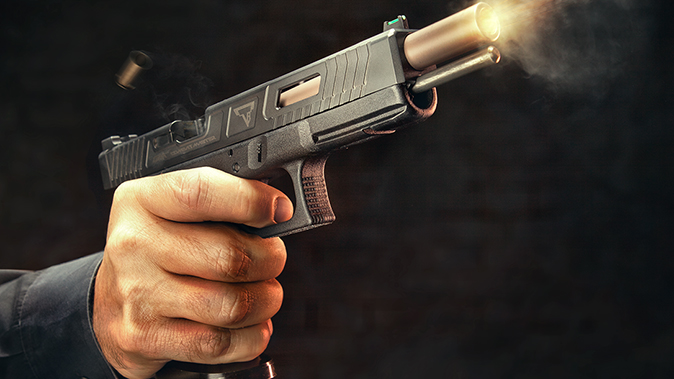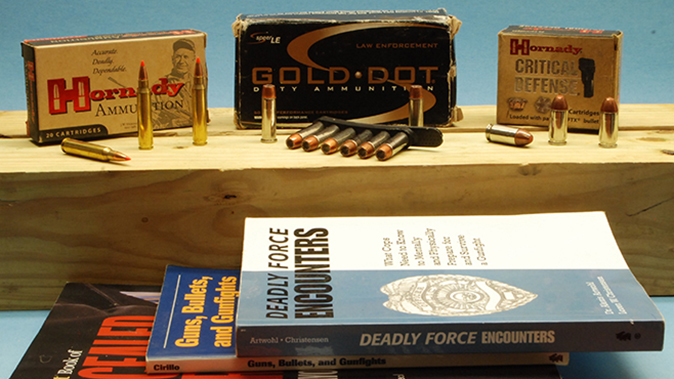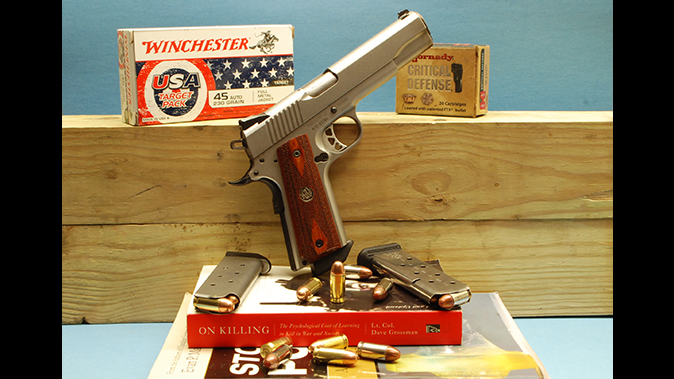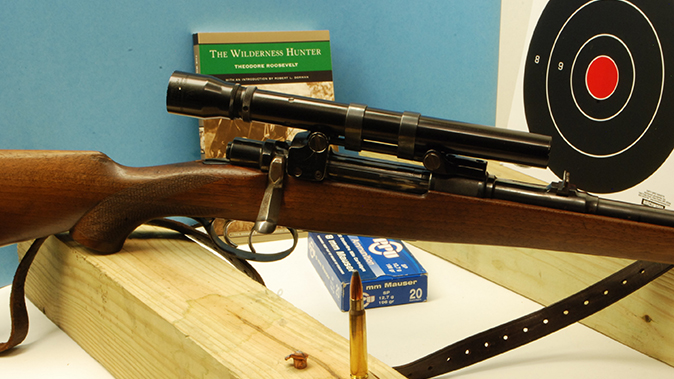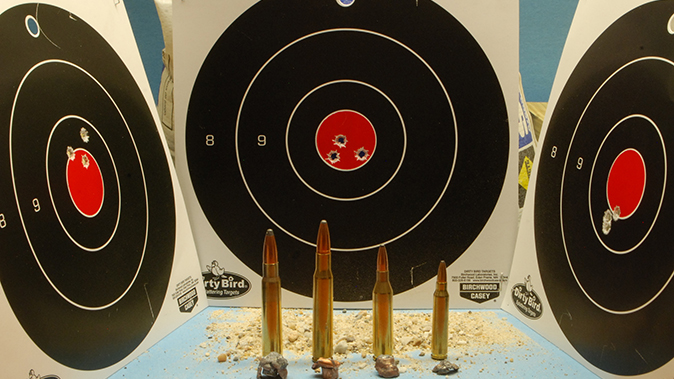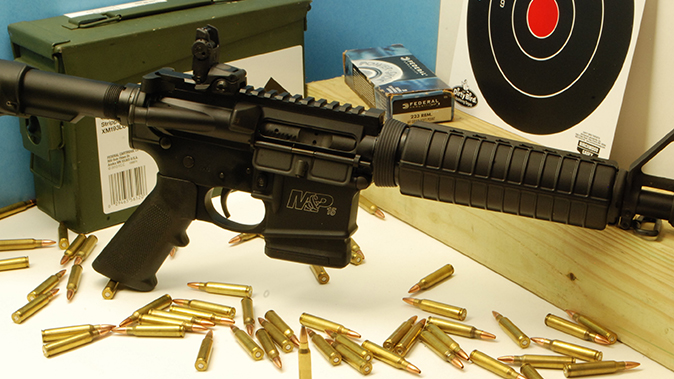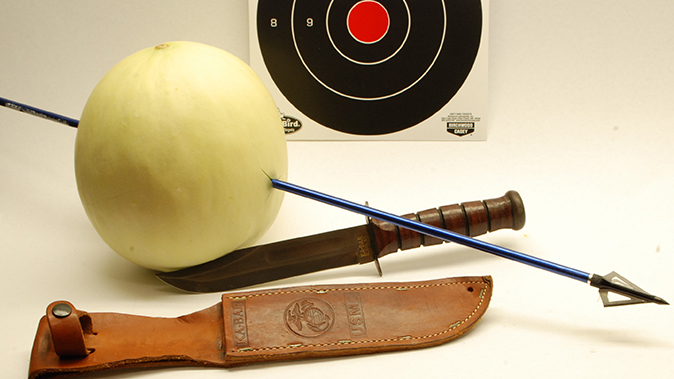What stops your assailant: penetration or energy transfer? The drama-less answer is both. If this were not so, one of two things would be true: 1) it’s penetration, and we would all be carrying ball ammunition, or 2) it’s energy transfer, and we’d be carrying aggressively expanding hollow points designed to shatter into bits upon impact.
Penetrating Results
Ball ammo gets there and then some. FMJ bullets expand little or not at all, with their energy mostly applied to drilling the permanent wound channel. An FMJ bullet missing something vital does little damage to surrounding tissues, organs, etc. An imperfectly placed FMJ bullet will do damage, but the damage could have been worse. Burdening most fighting soldiers with the limitations of ball ammo was obviously the brain-spawn of some combat-free bureaucrat suffering from altitude sickness. The soldier’s job is to kill the enemy or at least cause him severe bodily injury. Trying to reduce the “severe” in bodily injury denies reality. Yes, this seems awful, but war is awful.
Advertisement — Continue Reading Below
Many states prohibit hunting big game with FMJ bullets due to the risk of more wounded and lost game. However, African elephant hunters always use “hard points” because all the energy is needed just to get through the skull, and the failure of a soft-point bullet isn’t an option. Save the big hard points for the next time you’re accosted by a charging pachyderm.
Bowhunters also routinely kill with penetration alone. A striking arrow delivers no amount of useful energy, and the game is killed by the deep penetration of wide and razor-sharp hunting broadheads. Unless the animal is “spined” by the arrow, it will run and keep running until blood loss brings it down. A bowhunter may have made a one-stop shot, but he or she always expects to track a blood trail to the fallen game. On the other hand, no one needs an attacker’s blood trail tracking right back toward themselves.
In short, non-expanding ball ammunition will hurt and kill, but in a gunfight, we need more than that.
Advertisement — Continue Reading Below
Energy Transfer
A bullet designed to expand almost on contact may be useful in some special circumstances. Frangible bullets may do well if you have to fight inside your home, where overpenetration is a serious risk. In most probable situations when ranges may be increased and barriers become problematic, with frangible bullets, something as simple as thick clothing may render your assailant seemingly bulletproof.
A wise man told me he once witnessed an armor-clad man get shot at close range with a .308 Winchester rifle. The bullet bounced off the armor, and the man was merely shoved backward a step or two. This proves that there is no such thing as “knockdown power” within the spectrum of most commonly used high-powered rifle cartridges and certainly all handgun rounds. If knockdown power existed within our usual realm, it would be a common experience to see shooters as well as the target getting knocked over. I know this is true because Isaac Newton told me so.
As with bowhunting, where there’s penetration with no energy transfer, the armor-clad man experienced energy transfer with no penetration. The energy was absorbed by the body armor, and the bullet deflected off to points unknown. This is different from a bullet penetrating an assailant’s body and shedding its energy into things that do not react well to such trauma. This energy is transferred to surrounding tissues almost as fast as it was generated in your gun’s chamber. What the citizen gunfighter needs is “stopping power.”
Advertisement — Continue Reading Below
Ending Lethal Attacks With Defensive Loads
Stopping power is the totality of damage caused by the bullet and its effects on the target. Aside from a brain or central nervous system hit, a bullet must deliver the shattering effects of energy transfer delivered deeply. The bad news is that it’s difficult to predict just how an aggressive assailant will react to such damage. Anything can happen in a fight, and an attacker’s response can vary from running at the sight of your gun to a stunning display of determination to get you no matter the cost. The latter happened in 1986 when the FBI fought the psychopath Michael Platt. After taking a fatal bullet wound, Platt went on to severely wound an agent and kill two others. Platt then got himself into an FBI car intending to escape. He didn’t make it.
So how do we choose the most effective self-defense bullet? We can look at the lab tests where bullets are fired into meticulously concocted ballistic gelatin and usually through a pre-measured barrier. Lab results can give us useful information about a bullet’s performance, almost certainly identifying those we should ban from our chambers. However, what we see in the lab is a bullet at its best and under ideal circumstances.
Advertisement — Continue Reading Below
What we’re missing is the chaos of a street fight. We’re missing the unknown and always changing variables that undo the perfect performances of bullets, our guns and ourselves. For this, we can analyze the results of actual gunfights and see what happened when our favorite bullet was actually fired in anger. Although researchers who compile, analyze and summarize the results of real gunfights try to control the integrity of their conclusions with very specific definitions and conditions, these studies also miss something—something that may have never happened before and may never happen again.
Great, now what? Well I don’t have the time to analyze every nuance of every bullet’s performance. I have articles to write. Two elements weighing most heavy here are what you shoot well and what your gun likes. If you miss or the bullet never leaves the barrel, penetration, energy transfer and stopping power mean nothing. I prefer the big guns, and I train for their challenges. With the .45 ACP and .357 Magnum, I have confidence that there will always be enough of everything to be successful in most situations. Obviously, others disagree and have proven themselves effective in countless gunfights.
The “final” analysis is that an assailant must fight you, not a blob of gelatin or some past attack. He must fight your strengths and weaknesses. Fight with a gun that allows you to hurt him with your strengths and minimizes your weaknesses. It’s up to you to find that gun and the round to load it with.
Advertisement — Continue Reading Below
This article is from the summer 2017 issue of “Ballistic” magazine. To subscribe, visit outdoorgroupstore.com.
